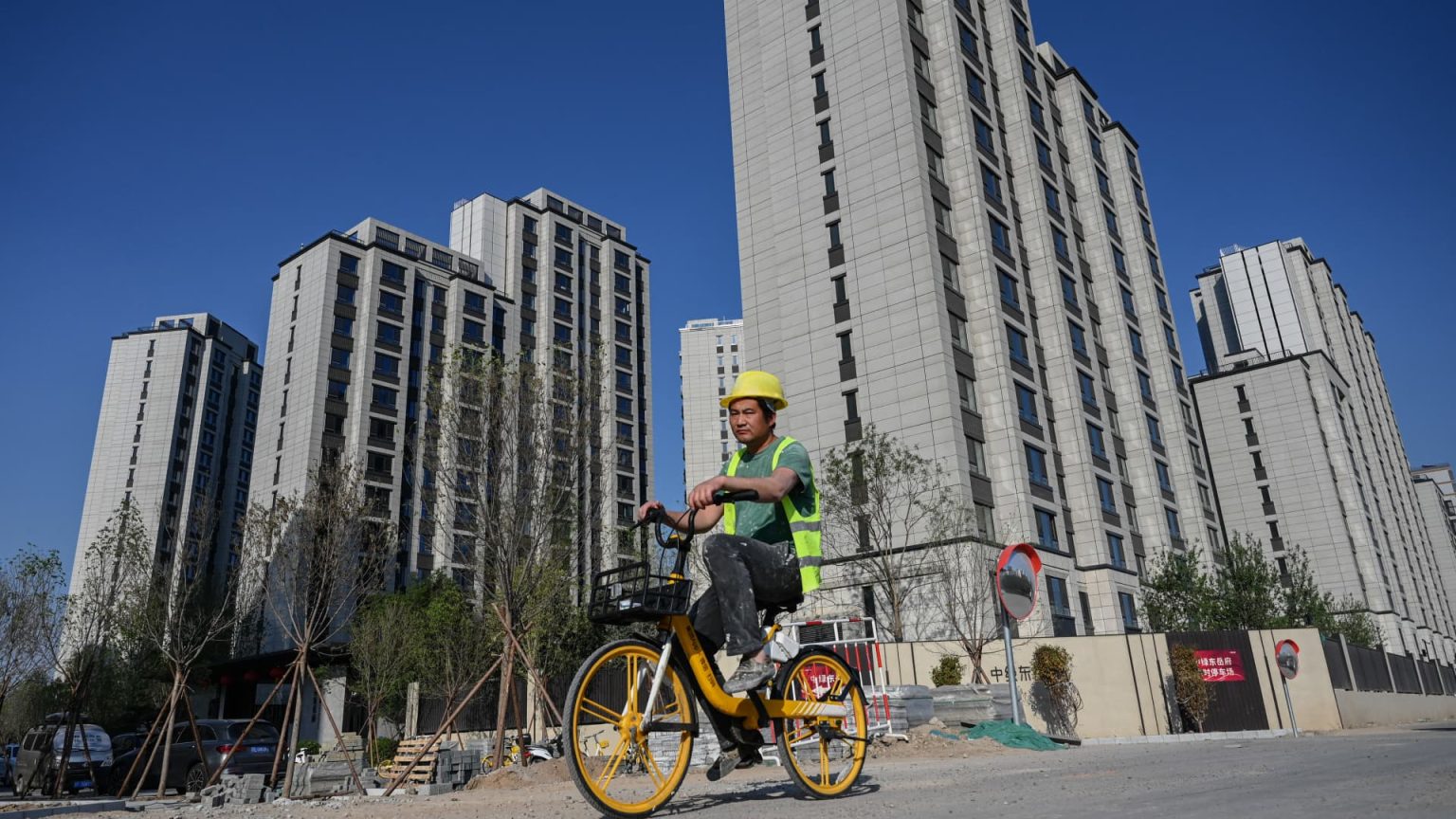The International Monetary Fund recently raised its forecast for China’s economic growth for this year from 4.6% to 5%, attributing this revision to strong first quarter figures and recent policy measures implemented by Chinese authorities. The IMF also adjusted its growth forecast for China in 2025 to 4.5%, up from the previous estimate of 4.1%. However, looking ahead to 2029, the organization anticipates a deceleration in China’s growth to 3.3% due to factors such as an aging population and slower productivity growth. This projection marks a decrease from the prior forecast of 3.5% growth in the medium term.
China’s economy performed better than expected in the first quarter of the year, posting a growth rate of 5.3% supported by strong exports. However, recent data for April indicated sluggish consumer spending alongside a pickup in industrial activity. In response to the challenges faced by the real estate sector, Chinese authorities announced significant policy measures aimed at bolstering the industry, including removing the floor on mortgage rates. While the IMF welcomed these actions, it emphasized the need for more comprehensive steps to address the broader issues in the housing market.
During her visit to China, Gita Gopinath, the IMF’s first deputy managing director, met with key Chinese officials including the People’s Bank of China Governor and the Ministry of Finance Vice Minister. Gopinath urged for near-term macroeconomic policies that support domestic demand and mitigate potential downside risks. She highlighted the necessity of structural reforms to counter immediate challenges and rectify underlying imbalances in the economy. Emphasizing the importance of achieving high-quality growth, she stressed the need for reforms to address various headwinds that may hinder China’s economic progress.
Chinese President Xi Jinping also emphasized the importance of promoting high-quality and sufficient employment during a recent meeting, with a focus on improving employment support policies for college graduates and young people. This aligns with the broader goal of ensuring sustainable growth and stability in the labor market. As China continues to navigate economic challenges and transitions, the guidance provided by organizations like the IMF and the commitment of Chinese officials to implementing effective policy measures will be crucial in determining the country’s trajectory towards achieving long-term economic prosperity and resilience.













